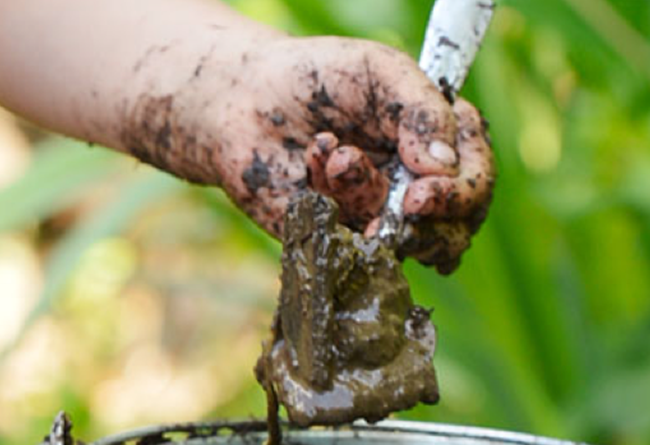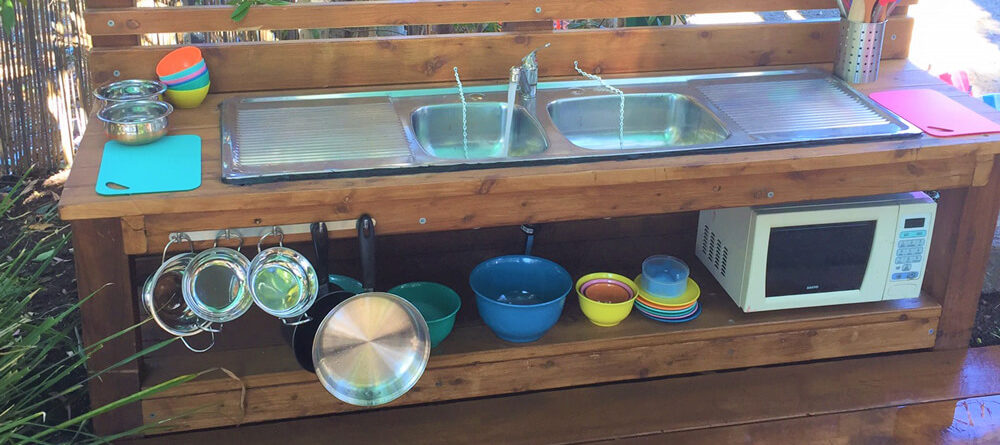Why include nature play in your playground design
Once upon a time, playing outdoors was a normal part of growing up. Each week we would spend hours making mud pies, swinging from the clothes line, building tree houses, jumping in puddles and riding bikes around our neighbourhood. They were some of the best years of our lives.
Today, for some children, play is a very different experience. In fact, more and more children are spending increasingly more time indoors and out. Some children may never know what it’s like to run barefoot or get their hands muddy!
Despite this, the fact remains that nature play inspires learning and socialising. Outdoor play and immersion in nature are essential to the health and wellbeing of children, helping them to develop to their full potential.
The University of Western Australia has identified that nature play also has an important role in combating the increasing rates of childhood obesity, depression, behavioural disorders and the risk-averse culture that is developing in children, all of which have been linked to the rise in indoor screen-based activities.
Children who play outdoors are also more resistant to stress and have higher self-worth.
Playgrounds that include natural elements inspire this very important nature-based play. Rocky outcrops, climbing ropes, water pumps and rocky streams, sand and mud, wooden stepping stones and beams, plants and trees are all natural elements that you can include in your playground’s design.
A nature play playground provides rich, open-ended experiences for play that give children the opportunity to connect with nature and each other in new and exciting ways. Let the children of today have many fond memories of the days that they played, barefoot with muddy hands.




